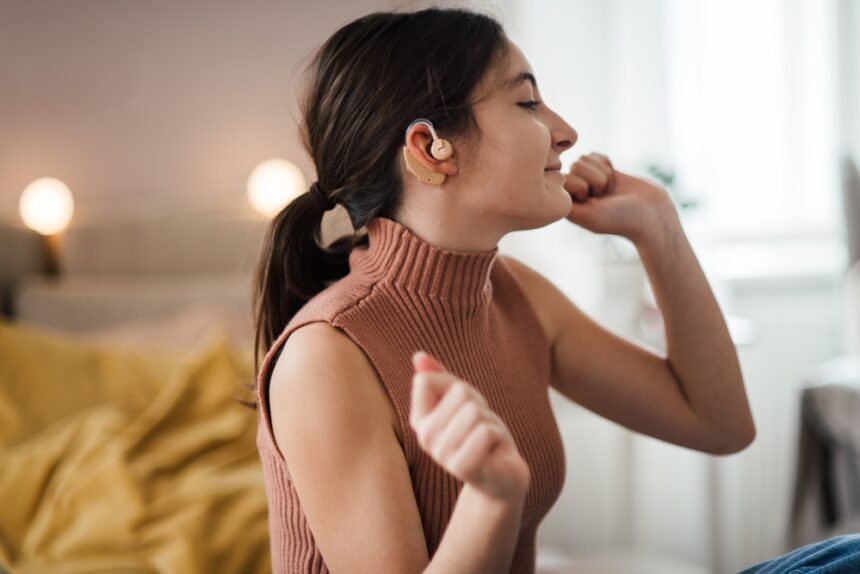For a long time, people with hearing loss have had communication barriers. However, this problem is slowly disappearing thanks to technology because hearing aids have evolved rapidly. Here is a look at nine ways modern hearing aids push technological limits.
1. Wireless Connectivity
Technology has made it possible for people with hearing difficulties to connect to smart devices without any wires. With this technology, those with the best hearing aid can listen to the phone or TV directly without raising their phones or increasing the television’s volume.
2. Remote Programming
Each deaf person has their need; no hearing aid can fit all. For that reason, these gadgets need to be programmed to meet the wearer’s needs. In the past, those wearing hearing aids had to visit the ear specialist’s office. But thanks to technological advancement, this procedure can now be done remotely.
3. Automatic Function
Technology has significantly impacted the amplification of soft and loud sounds in the hearing aid. There was a time when hearing aids were linear, amplifying soft and loud noises in the same way. However, they now adjust the soft sound more using compression technology. This technology makes the amplification process automatic and adjusts according to the wearer’s environment.
4. Background Noise
One common challenge people wearing hearing aids had was that the device could not distinguish between the sound people wanted to hear and background noise. However, modern hearing devices can now amplify sounds from a particular direction more than others, thanks to technology and the creation of directional microphones.
5. No More Feedback
There was a time when hearing aid devices were too big for some wearers. If someone with hearing impairment got these devices and then put the volume high, they would relieve feedback in the form of a loud whistle, which was annoying. However, this is not the case with the new generation of hearing aids. The latest gadgets fit appropriately and don’t produce feedback.
6. Machine Learning
One of the outstanding features of the new hearing device versions is machine learning. Thanks to technology, modern devices can learn user preferences and essential sounds. For instance, they can understand the sounds of their loved ones and filter out unnecessary background noises.
7. Waterproof Technology
Wearing a hearing aid only to get damaged by water can be frustrating. That is why waterproof devices were good news for those with hearing impairments when launched. With this device, wearers do not have to worry when exposed to moisture. Additionally, they are durable and designed to stand wear and tear.
8. Rechargeable Batteries
For hearing aid devices to work, they must have reliable power sources. In the past, these devices only had disposable batteries. That means that the user has to buy new batteries each time the power runs out. But that is no longer the case since modern devices have rechargeable batteries. The lithium-ion batteries are a safer alternative since they are not prone to overheating and short-circuiting, keeping the wearer safe.
9. Real-Time Monitoring
Unlike the conventional devices that could only be examined by ear doctors, the new hearing aids offer real-time monitoring. This means that the user can keep checking the status of the device so that they can tell when it needs maintenance, repair, or replacement. This feature helps ensure the device is maintained on time and prevents unwanted complications.
Hearing aid technology has evolved rapidly in recent years thanks to technology. These are the nine ways in which these devices push the technological limit. Therefore, people with hearing loss can take advantage of these devices and lead a fulfilling life.








